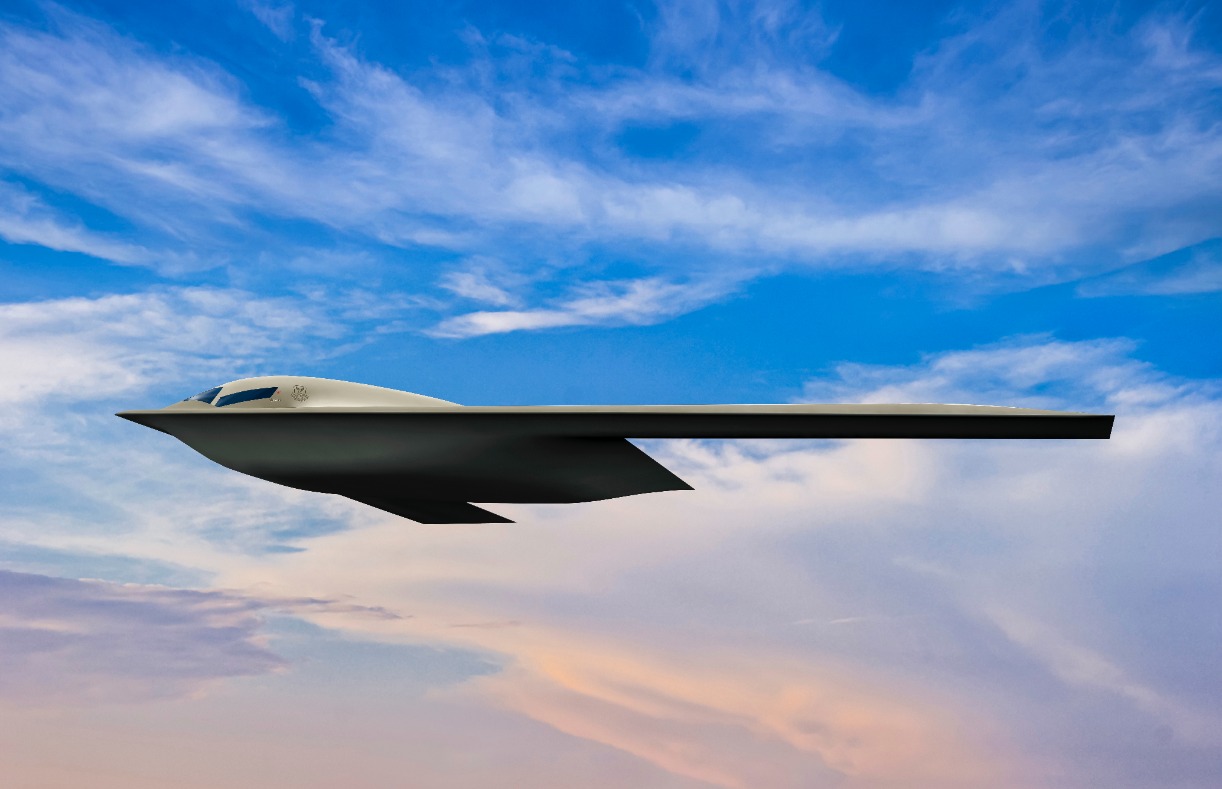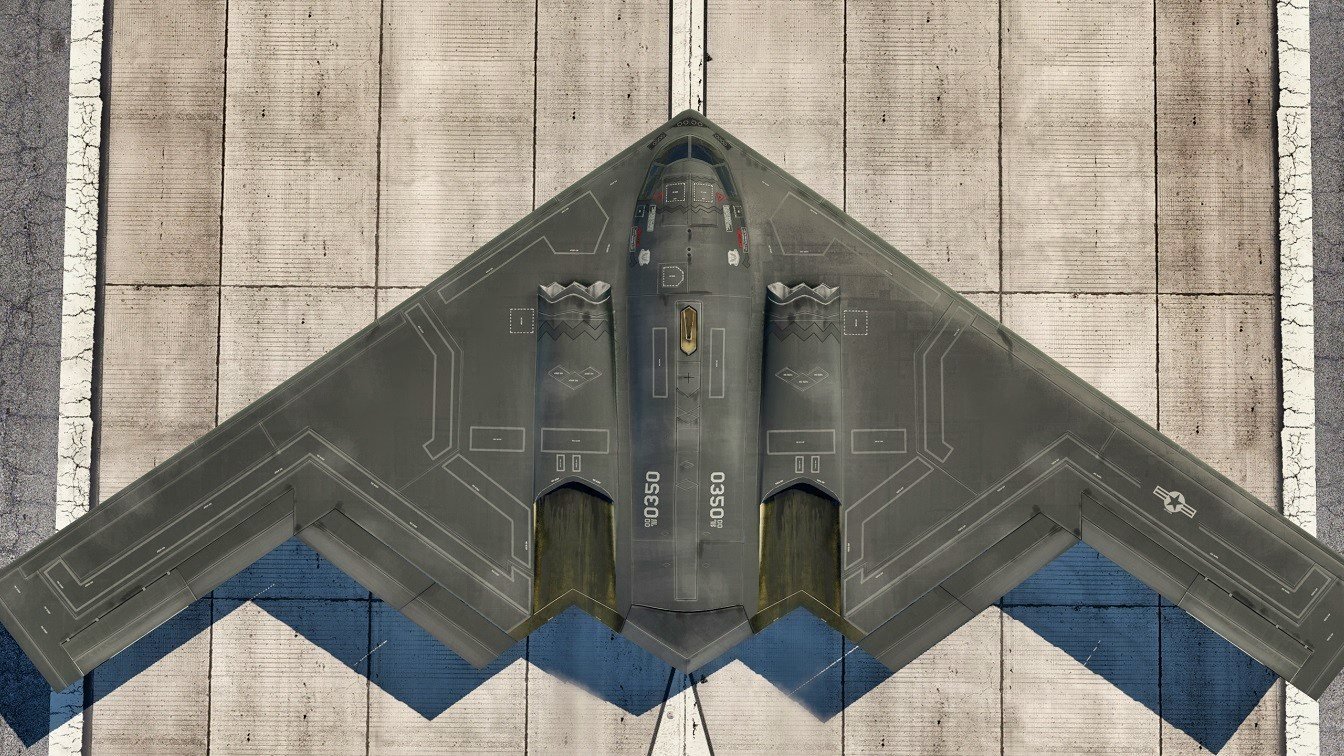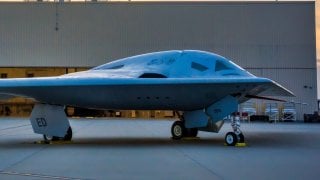The U.S. Air Force Wants 'Dozens' of B-21 Raider Stealth Bombers
The U.S. Air Force recently provided an update on the B-21 Raider, its next-generation stealth bomber, currently in the testing phase. Set to replace the aging B-1 Lancer and B-2 Spirit, the B-21 will feature advanced stealth technologies and a modular system for future upgrades.
What You Need to Know: The U.S. Air Force recently provided an update on the B-21 Raider, its next-generation stealth bomber, currently in the testing phase. Set to replace the aging B-1 Lancer and B-2 Spirit, the B-21 will feature advanced stealth technologies and a modular system for future upgrades.

-With over 100 units planned, the Raider will be crucial to countering adversaries like China and Russia.
-As China develops its own H-20 stealth bomber, the competition to deploy the world’s first 21st-century bomber intensifies. The B-21’s ability to strike high-value, deeply protected targets, especially in China, makes it a strategic priority.
U.S. Air Force's B-21 Raider: The Stealth Bomber of the Future
Last month, the U.S. Air Force gave a rare update on its upcoming next-generation stealth bomber. Designed to represent the latest and greatest technologies, the B-21 Raider will be “critical to deterring conflict” across the globe, according to the commander of the USAF Global Strike Command, Gen. Thomas Bussiere. The Raider will represent the first new strategic bomber produced in decades and will replace the aging B-1 Lancer and B-2 Spirit platforms when introduced.

Although the service plans to procure over 100 Raiders to thwart U.S. adversaries, including China and Russia, the B-21 program remains in the test flight stage. The airframe’s manufacturer Northrop Grumman publicized images of the bomber conducting ground testing and taxiing at Edwards Air Force Base in September. Once the Raider program is up and running, the platform will be largely based at Ellsworth Air Force Base in South Dakota. As part of the service’s update, Northrop test pilot Chris Moss disclosed that the test jet’s handling qualities are “better than expected- validating the accuracy of the digital models the team has developed and analyzed over many years.”
What we know about the B-21 program:
Born out of the Air Force’s Long-Range Strike Bomber program, the Raider was first conceptualized in 2011. All the big-name airframe manufacturers competed to secure the next-generation bomber contract and ultimately Northrop beat out Lockheed Martin and Boeing. Many details surrounding the Raider remain highly classified, although Northrop has revealed limited information. The bomber was officially debuted in 2022 and the Air Force released images of the platform prototype one year later.
Based on the images of the bomber, analysts infer that the B-21’s wingspan could be about 15% shorter than previous bombers. Since a shorter wingspan means the airframe will be more challenging for adversaries to detect, this should be a significant advantage for the service.
Additionally, the Raider will feature modular systems that will enable seamless upgrades as new technologies emerge, a capability similar to that of the F-35 Lightning II fighter.
The B-21 will also feature the “flying wing” design as the older B-2 Spirit platform. However, as detailed by the Hudson Institute, "The Raider embodies decades of advances in stealth technologies, which are expected to have far outpaced advances in defensive systems. This is essential to winning a war with China. Many of the PRC's high-priority targets are deep inside Chinese territory and protected by advanced air defenses."
Is China’s H-20 a real threat to the B-21?
While progress on the Raider platform is promising, the timely introduction of the new bomber cannot be jeopardized as Beijing is concurrently developing its own next-generation counterpart. Chinese state-run news outlets claim that progress on the H-20 stealth bomber is ongoing.
In recent years, the PRC has worked tirelessly to cement its own nuclear triad, threatening to muddy America’s long-lived bomber superiority. Although the true extent of the H-20’s capabilities and potential production timeline remains a mystery, the race to push out the world’s first 21st-century bomber is on.
About the Author: Maya Carlin, Defense Expert
Maya Carlin, National Security Writer with The National Interest, is an analyst with the Center for Security Policy and a former Anna Sobol Levy Fellow at IDC Herzliya in Israel. She has by-lines in many publications, including The National Interest, Jerusalem Post, and Times of Israel. You can follow her on Twitter: @MayaCarlin.
Image Credit: Creative Commons and/or Shutterstock.


